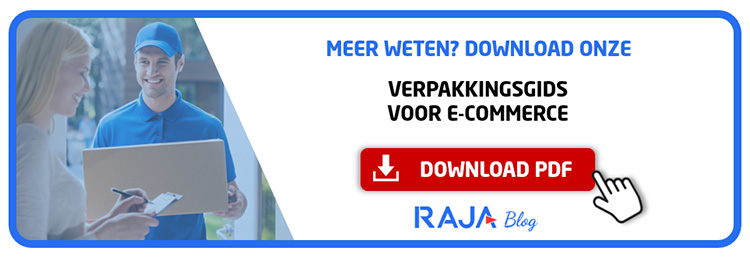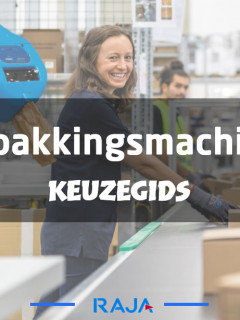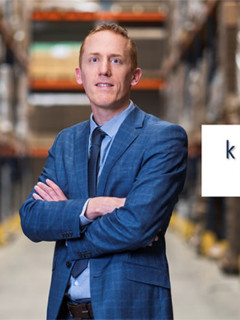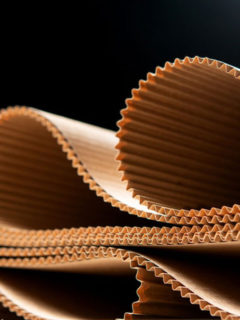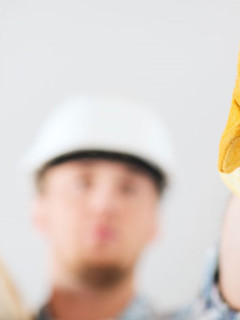Shipping fragile products such as electronics, a fragile book or a bottle of perfume is not always so obvious. Getting your products to their final destination in one piece is priority number 1. With the right protective packaging, however, this becomes child’s play. Good packaging protects your product during the entire shipping process; from your webshop warehouse to the consumer’s living room. So how do you choose the right protective packaging? RAJA gives you the answer.
1. Which protective packaging is best to choose?
When shipping fragile goods such as electronics, crockery or glassware, it is essential to choose packaging with a high protective factor. Below we list for you the most important protective packaging that should definitely be on or around your packing table.
► Wooden boxes
A wooden crate is one of the sturdiest forms of protective packaging. Moreover, if you want to be able to move these packages easily with a pallet, choose a wooden pallet box. The crate and the pallet base are connected to each other to form a stable unit. It is recommended to use a wooden crate when you:
- Provide optimal protection for your fragile products; especially if those products would be too heavy to pack in a regular cardboard box.
- Export goods internationally which means they need to be even more resistant to large temperature fluctuations, firm shocks and more demanding storage conditions (e.g. transport by ship, train or plane).
- Want to store products for a very long period of time.
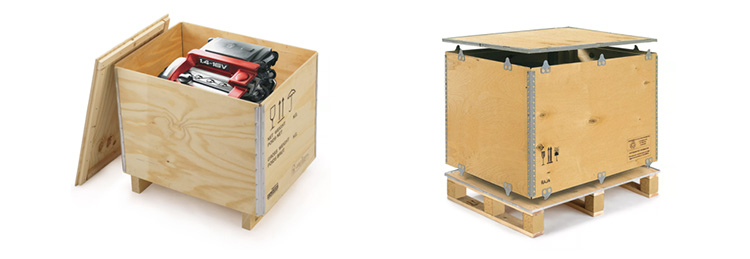
► 2. Three-layer cardboard boxes
In any kind of logistics, a cardboard box is an indispensable link. It is present at every packing station and protects a wide range of fragile products. The best option is a 3-layer cardboard box. This is the strongest and most protective cardboard packaging, as you can also read in this article on the cardboard quality of boxes.
This type of protective packaging is available in different sizes to best suit your needs. You can therefore find a perfectly suitable box for any size of product. The three-layer cardboard box is ideal for protecting loads up to 350 kg. There are also palletisable boxes. These can be safely stacked on top of each other on a standard pallet and can take a load of up to 500 kg. They are all very strong and offer optimal protection for all your products, from storage to transport.
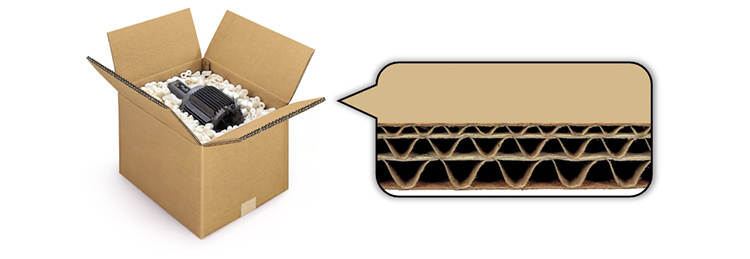
► 3. Padded envelopes
Flexible packaging such as shipping envelopes are an excellent solution for protecting smaller individual products. This type of packaging offers some undeniable advantages, including low weight and a wide range of applications.
Padded envelopes made of durable paper are among the most popular examples of these flexible packaging materials. First of all, they are very strong, allowing you to use them for shipping slightly heavier (small) products. In addition, they are also well equipped to absorb shocks due to the thick layer of die-cut paper inside (surrounded by two layers of protective 180g/m² kraft paper).
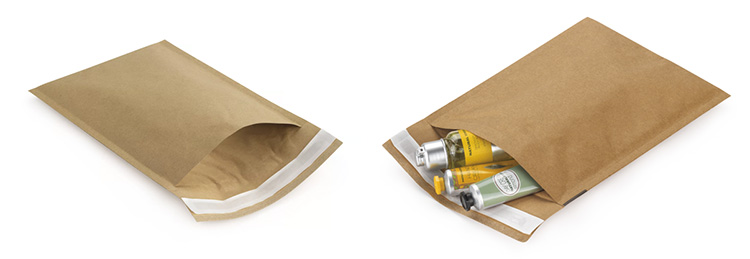
► 4. Antistatic packaging
Electronic components are among the fragile items that require very special protective packaging. For safe shipping, the use of an antistatic casing is recommended. Want to know more? Then be sure to read further in our article on antistatic ESD packaging. You can find this type of packaging in 3 sizes:
- The antistatic bag: products sensitive to static electricity can be optimally protected in this way. This bag creates a protective layer around your product so that electrostatic discharges can be avoided.
- The anti-static foam box: thanks to the special foam layer inside, this box optimally protects your products from shocks, but also from static electricity. A 2-in-1 protection, therefore.
- The anti-static mailbox: this compact format is ideal for transporting or shipping small electronic components. It offers optimal protection against shocks and static electricity.
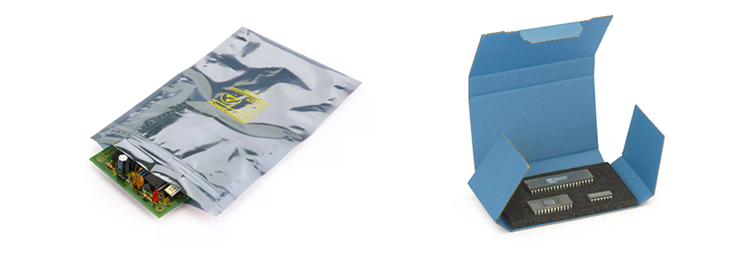
► 5. Boxes with foam padding
For those operating in the world of e-commerce, boxes with foam padding are a welcome solution for shipping small fragile products. The foam layer primarily serves as a buffer for absorbing shocks. In addition, it also protects against scratches. Objects with a scratch-sensitive surface are thus perfectly protected in all circumstances. Examples include optical instruments, small mechanical pieces, art objects, etc.
Thanks to the built-in foam layer, you no longer need any additional protective or padding material. So you easily save on your packaging costs. Moreover, did you know that RAJA’s foam boxes are made of 100% recycled materials? The foam comes from discarded PET bottles. This way, unused plastic can easily be put to a whole new use.
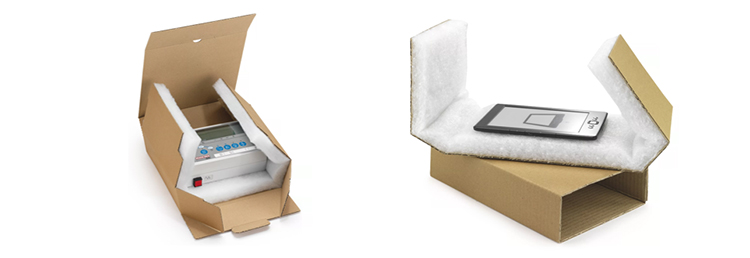
► 6. Postal boxes with protective edge
This form of protective packaging comes with a handy extra that especially protects the edges of your products. This comes in handy for web shops shipping books or other printed matter, for example. The ‘shock edges’ are always found on the short sides of the mailbox.
This type of mailbox with protective edge is usually easy to close using an integrated adhesive strip. This saves your packers a lot of time at the packing table. To open it, your customer can use the tear-off strip. So your pack is safe to open, without having to use scissors or a cutter.
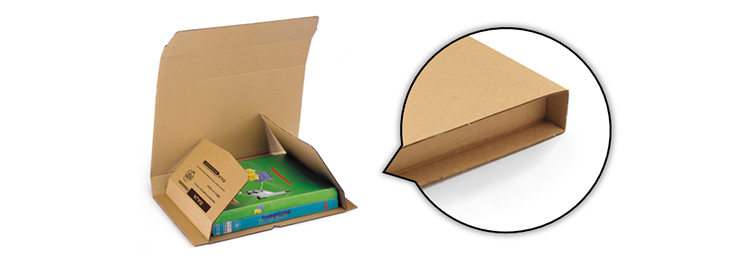
2. What protective equipment should not be missing?
In addition to protective packaging, your fragile products may also require additional wrapping or padding. This provides an additional layer of protection that many products cannot do without. You can read more about this in this guide on protective materials.
| Bubble wrap . 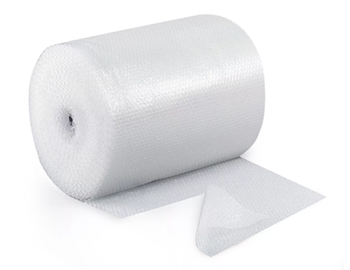 |
. Also known as bubble wrap, it is one of the most commonly used materials for protecting products. You can use it to easily wrap fragile products or quickly fill empty spaces in a package. There are many types of bubble wrap; ranging from traditional transparent film, to isothermal or opaque types. For an eco-friendly touch, choose recycled and/or recyclable film. |
| Kraft paper . 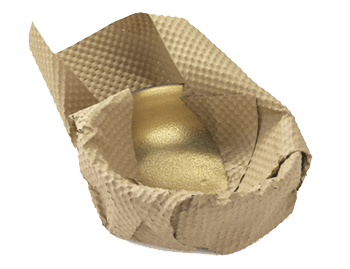 |
. Embossed Kraft paper is extremely eco-friendly and provides excellent protection for your products. Just like plastic bubble wrap, it efficiently absorbs shocks. For light goods, a paper quality of 100 g/m² is sufficient. For heavy goods, a quality of 125 g/m² is sufficient. Protective kraft paper is also available in the form of padding chips. Besides protection, the chips provide an original unboxing experience. |
Air cushions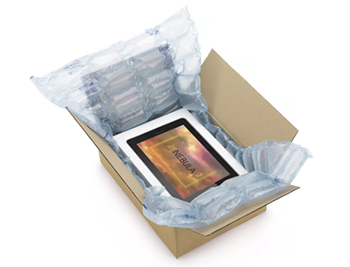 |
. Air cushions can be considered one of the most innovative forms of protection and padding material. They are made of as much as 99% pure air. As a result, they produce very little waste. Air cushions are available in many varieties: from 100% recycled material, vegetable potato starch or even renewable paper. |











